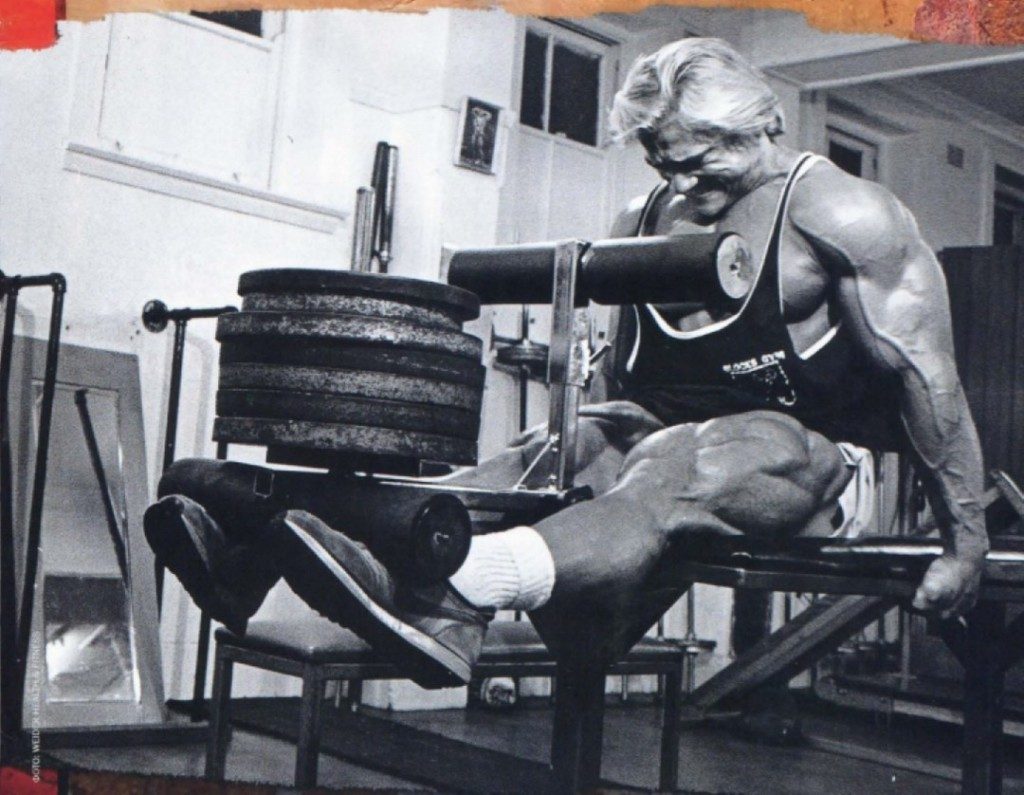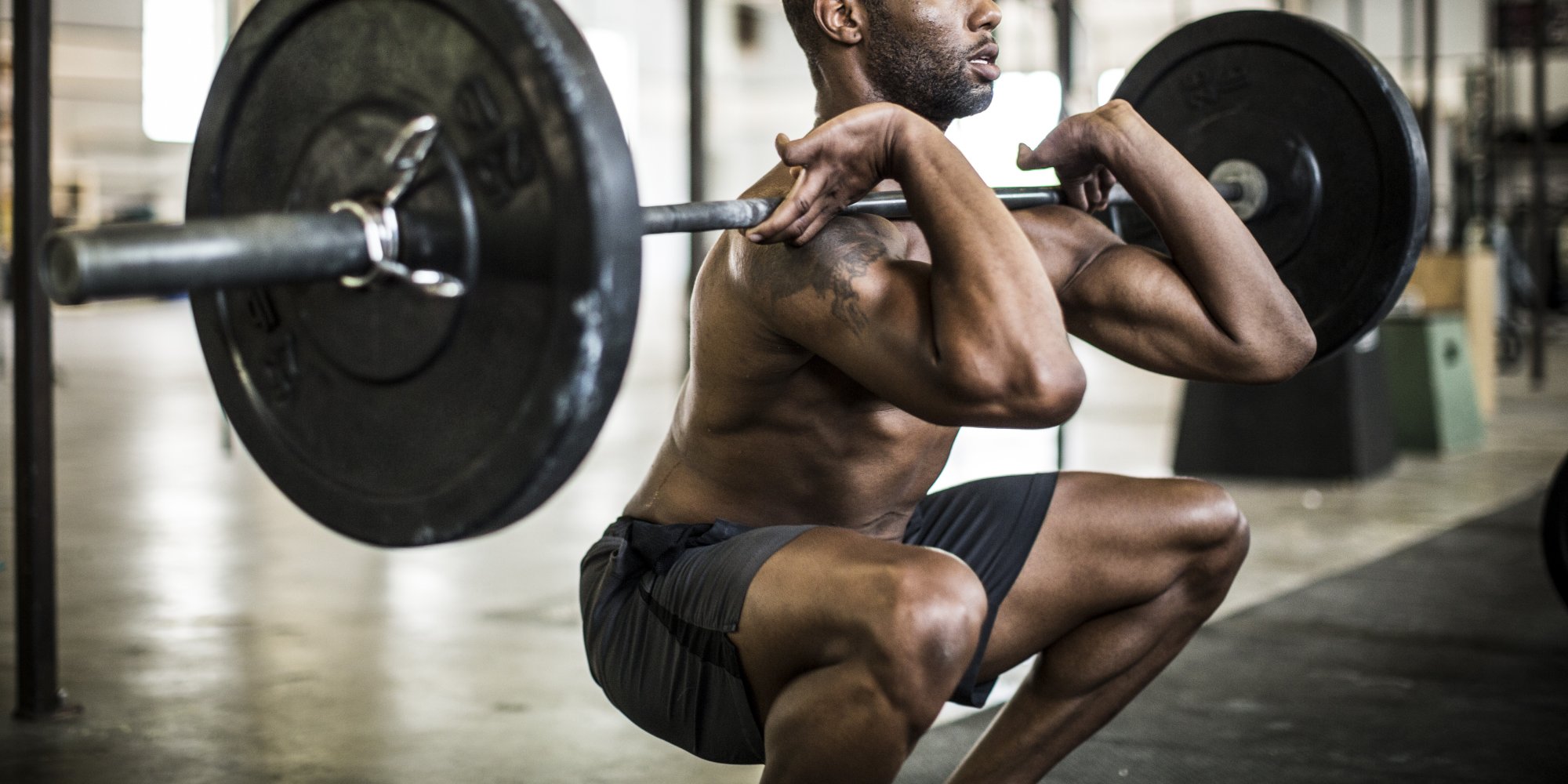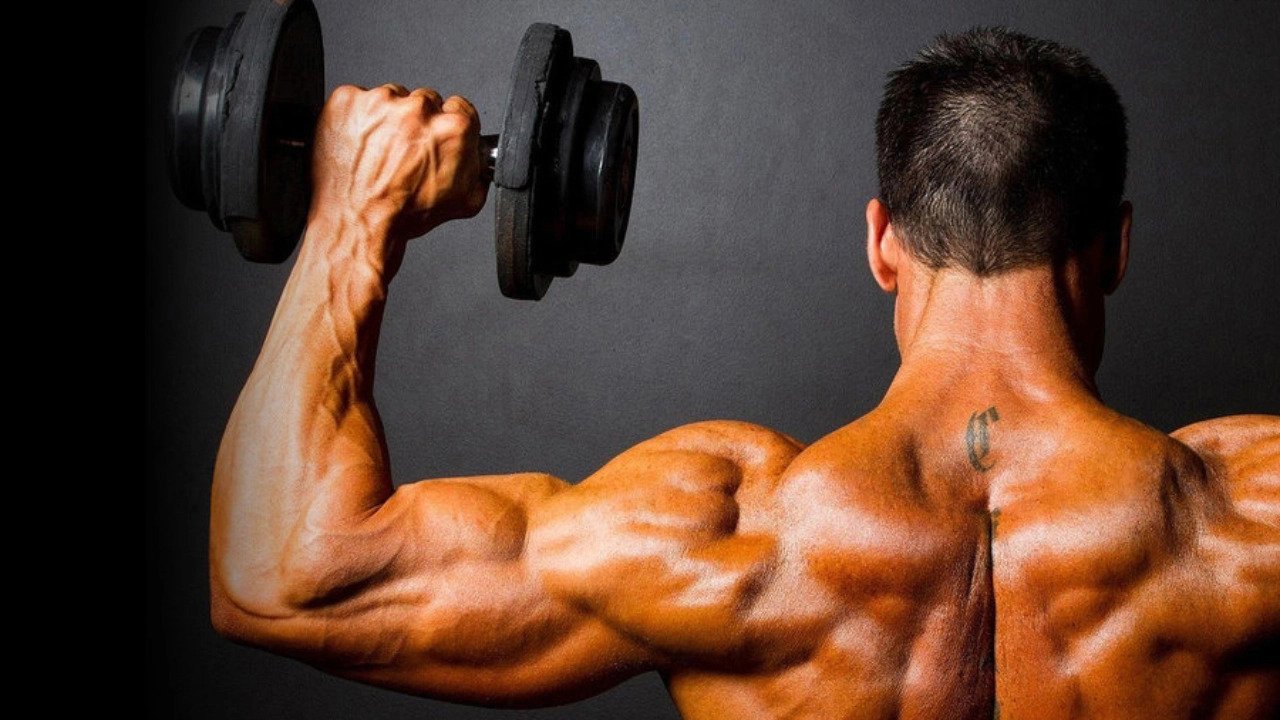Walk into any gym in America and find a guy completing his leg day workout. Chances are, he’ll be completing his workout in the same manner each time. He’ll begin with 5 minutes of walking on the treadmill. He’ll stop by the water fountain for a quick drink, and then he’ll immediately head to the squat rack to begin lifting heavy. He may feel he’s hitting the front thighs while they’re at their strongest, and he’s right. But if his goal is to be a bodybuilder, and not a powerlifter, he may be sabotaging his own progress. Let’s examine why.
The squat is a compound movement which involves many muscle group besides the quadriceps. The hamstrings, glutes, hips, calves, and back all contribute to this movement. This makes it a great movement for overall growth. However, it also leads to some problems when, due to genetics or lifting style, these supporting muscle groups absorb too much of the brunt of the work. Sometimes, people develop great glutes and hamstrings, but their lifting style prevents the thighs from become all that involved in the lift. When this occurs, the bodybuilder must recognize this shortcoming, and work to pre-exhaust the thighs with isolation movements before moving on to the mass building, compound movements. Essentially, he will be reversing his workout. It would look something like this.
- Leg Extensions = 4 sets x 12 – 20 repetitions
- Dumbbell Lunges = 4 sets x 10 – 12 repetitions
- Leg Press = 5 sets x 8 – 10 repetitions
- Barbell Squats = 5 sets x 8 – 12 repetitions
You can substitute movements, based upon personal preferences and available equipment. The first two movements should be of isolation nature, and the last two (or three!) should be of a mass-building nature. You’ll notice that for the most part, you are working backwards from the isolation movements to the compound movements. This will allow you to isolate the muscles of the quadriceps first. After all, due to shape of frame and training experience, many of use allow hips, hamstrings, and calves to detract from quadriceps during compound movements. Once you complete the isolation movements, you move up to more and more compound movements. This allows your thighs to be truly stimulated in the earliest sets. They will then be somewhat pumped already when you arrive at the mass-building movements such as leg press and barbell squats. At this point, even if your body’s natural tendency is to let the supporting groups do more of the work, the thighs will still be involved to a very great degree.
A simplified version of this front thigh per-exhaust routine involves simply placing a movement such as leg extensions at the front of your thigh workout. You’ll still be able to complete the barbell squats when you’re near your strongest point, which will bode well for those “power-builders”, trainers who care about both size and strength. As long as you find ways to stimulate the front thigh muscles individually, before you employ the larger compound movements, you’ll find success.




